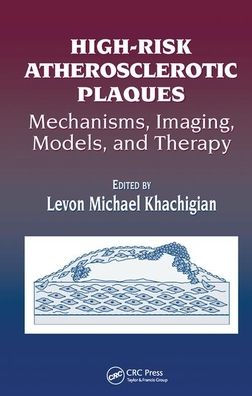5
1
9780367454241



High-Risk Atherosclerotic Plaques: Mechanisms, Imaging, Models, and Therapy / Edition 1 available in Hardcover, Paperback, eBook

High-Risk Atherosclerotic Plaques: Mechanisms, Imaging, Models, and Therapy / Edition 1
- ISBN-10:
- 0367454246
- ISBN-13:
- 9780367454241
- Pub. Date:
- 11/26/2019
- Publisher:
- Taylor & Francis
- ISBN-10:
- 0367454246
- ISBN-13:
- 9780367454241
- Pub. Date:
- 11/26/2019
- Publisher:
- Taylor & Francis

High-Risk Atherosclerotic Plaques: Mechanisms, Imaging, Models, and Therapy / Edition 1
$74.95
Current price is , Original price is $74.95. You
74.95
In Stock

Product Details
| ISBN-13: | 9780367454241 |
|---|---|
| Publisher: | Taylor & Francis |
| Publication date: | 11/26/2019 |
| Pages: | 224 |
| Product dimensions: | 6.12(w) x 9.19(h) x (d) |
About the Author
From the B&N Reads Blog
